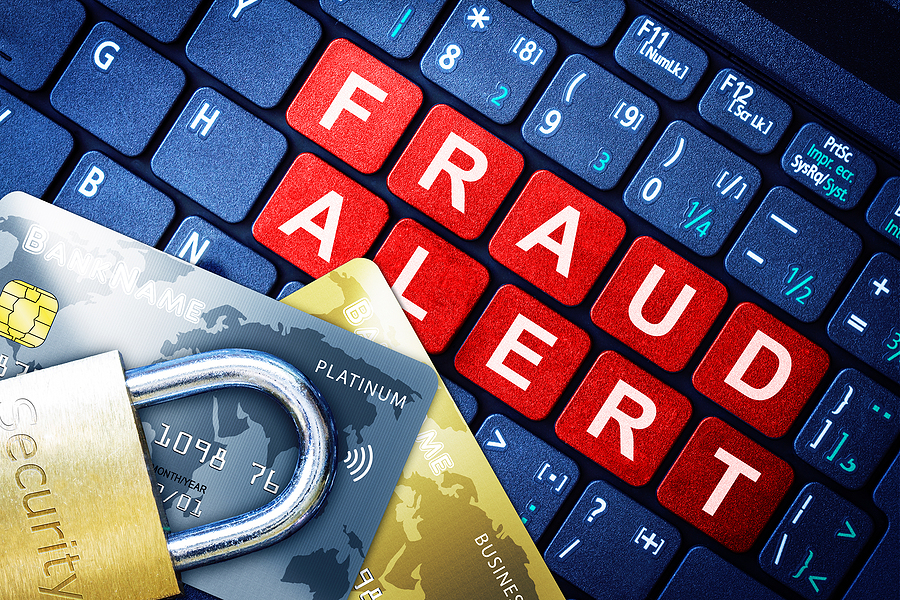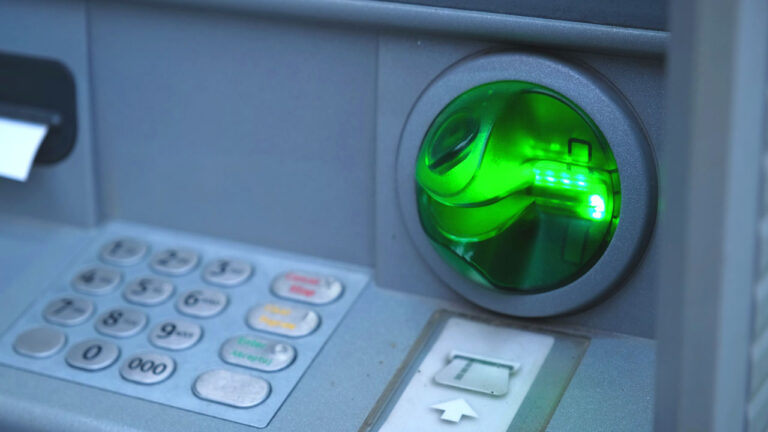Q4 2022: Fraud Remains a Major Issue For Merchants

Unfortunately, fraud is a fact of doing business; retailers big and small will have to deal with fraudsters at some point. That’s why, in this Q4 2022 report, we’re going to cover some of the most common types of fraud and the measures you can take to prevent or mitigate fraudulent transactions in 2022.
First, Recognize How Serious a Threat Fraud Is
Some entrepreneurs and business leaders assume that fraud is a minor risk. The chance of it happening to you is small, right? Fraud is something other companies deal with… Unfortunately, it’s a serious threat and many, probably most, businesses will get targeted at some point.
It’s tempting to assume that fraud is unpreventable and that the losses aren’t really all that much. Maybe someone steals some merchandise or buys a few things on a stolen credit card. Some businesses simply write the losses off. Unfortunately, if you don’t address fraud, it will cost your business far more ignoring it than dealing with it.
Global payments fraud has risen rapidly in recent years, burgeoning from $9.84 billion in 2011 to $32.39 billion in 2020. As of 2019, e-commerce retailers dealt with over 200,000 web attacks per month. And nearly half of all companies reported dealing with fraud in the prior two years.
Fraud can result in lost products (and thus rising inventory costs) and you may see processing fees increase as well. You’ll also have to dedicate time and labor to manage issues.
Pay Especially Close Attention to Chargebacks
Unattended fraud leads to chargebacks, which are basically bank-issued refunds. With a chargeback, the cardholder’s bank will reverse a payment to a business and return the funds to their client. Importantly, the card issuer can issue the refund without the merchant’s permission.
If a cardholder has their card stolen and it is then used to make unauthorized purchases, their bank will reverse the payment when they report it. Liability falls on the merchant for having processes an unauthorized transaction.
Cardholders themselves may also commit fraud with chargebacks. A customer could visit a merchant’s website and then buy some merchandise, say a few pairs of jeans. Let’s assume the jeans are delivered, and the customer is happy with the product. The jeans fit right, the materials are high quality, and they look sharp.
But the cardholder claims fraud anyway… Why? In this case, the client may simply want free products. If their bank approves the chargeback, they’ll get their money back and also a few pairs of free jeans. This is called chargeback fraud, a form of first-party fraud, and it’s sadly common.
Fortunately, merchants can now use dispute management platforms to combat first-party fraud. A merchant can gather “compelling evidence”: receipts, shipping confirmations, and more. Then, the merchant can fight the chargeback, and if they’re successful, they’ll get to keep the funds from the sale. Unfortunately, merchants will still sustain chargeback fees and penalties, which will ultimately result in higher payment processing fees.
Verify Purchases Before They Are Approved and Fulfilled
Merchants can now use a variety of payment processors and portals to facilitate sales. Some feature more robust anti-fraud measures than others.
What types of steps can you take to identify and reduce fraud? You may be able to use IP addresses to verify the customer’s location. Then, you can match the IP address with the card holder’s address. If the two don’t match, merchants might want to decline the order or take further steps to verify the purchase. This is known as pre-authorization fraud filtering.
It’s smart to insist that clients must use a physical address, not something like a P.O. Box. Unfortunately, many scammers use P.O. Boxes and other non-physical addresses. It’s also wise to provide shipment tracking information so that both you and the customer know where orders are at.
Proactively Manage Fraud and Disputes
No matter the steps you take, you may have to manage disputes and fight fraud. With friendly fraud, this means putting together a chargeback rebuttal letter. With this letter, you’ll argue that the purchase was legitimate and that you, the merchant, did everything right on your end, including any additional compelling evidence.
If you don’t fight chargebacks, your business becomes an easy target for scoring free products. The same is true for merchants who don’t require confirmed physical shipping addresses and security codes. If a merchant is known for lax verification efforts, word gets out, and fraudsters will hone in on them.
Furthermore, the costs of fraud go far beyond inventory and labor. If you get hit with too many chargebacks, payment processors may increase processing fees. You’ll also have to pay chargeback penalties (including ones you win). Taken to extremes, your ability to process transactions is shut down by the payment networks.
Sometimes, customer accounts are hacked and criminals use saved payment information to make illicit purchases. It’s wise to provide some form of pre-authorization fraud filtering — even with established, honest clients. Likewise, if something is getting shipped to a new address, take time to verify it and to alert the account holder. Regularly requiring customers to update passwords, and requiring complex passwords, is also smart.
Fighting fraud is no small task. Fortunately, companies can now use a variety of dispute management and anti-fraud tools to protect their business. The threat posed by fraudsters remains high but the right tools can mitigate risks.






